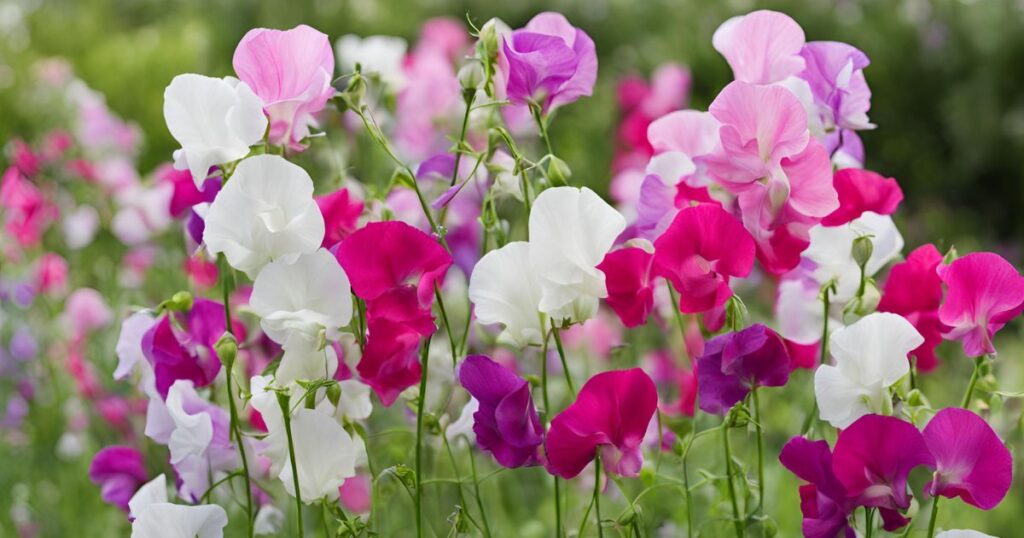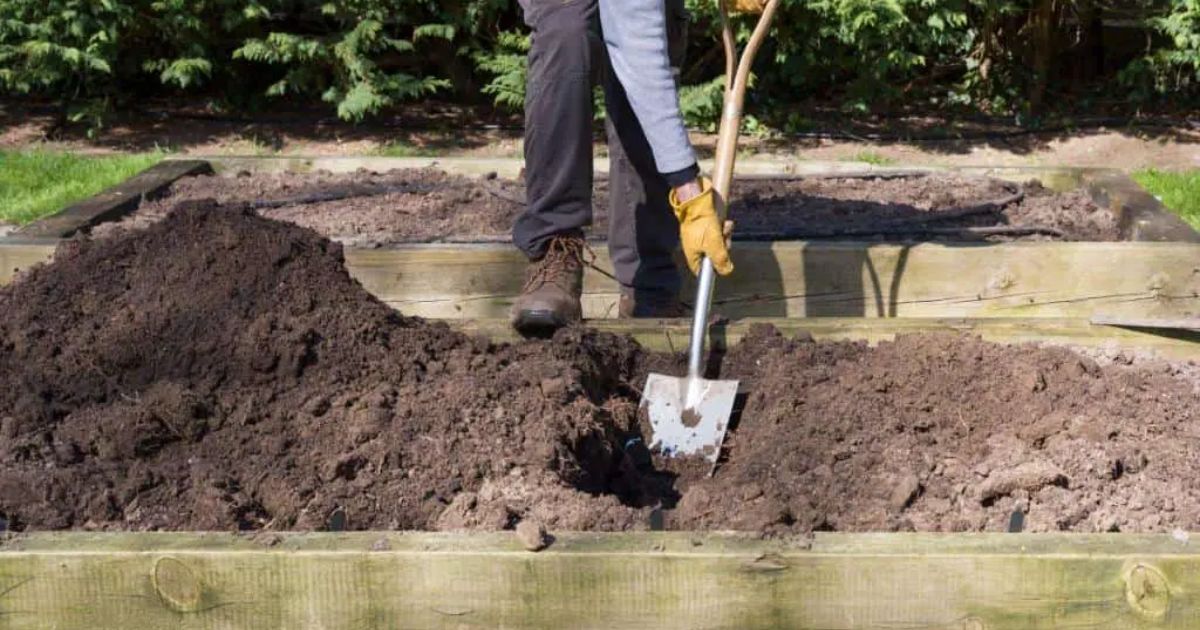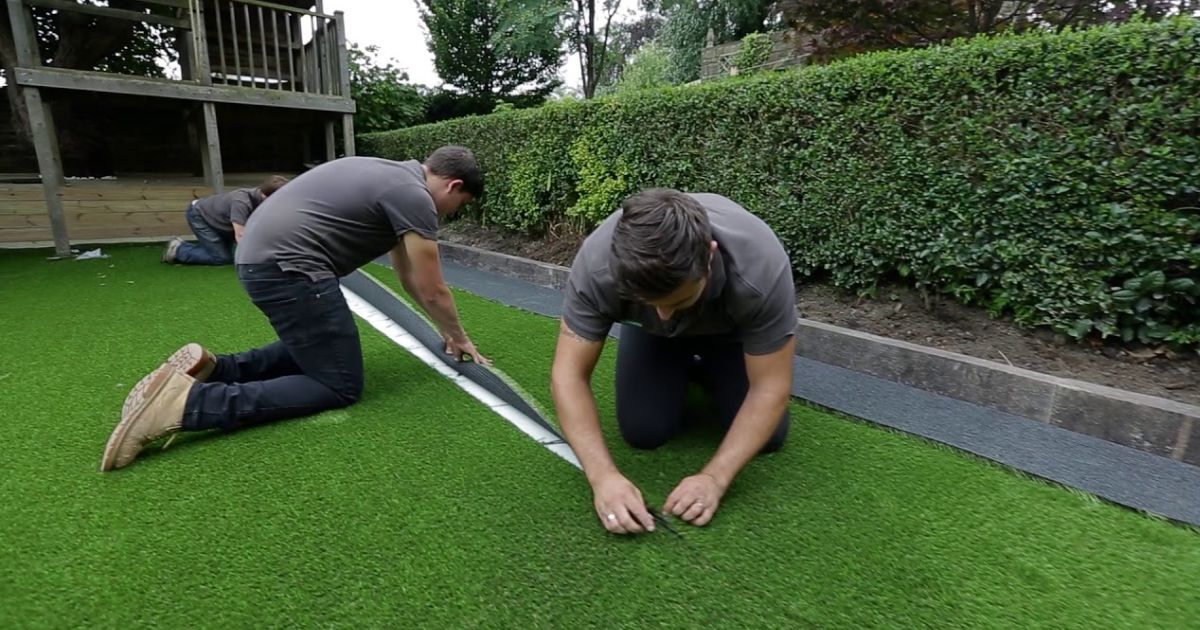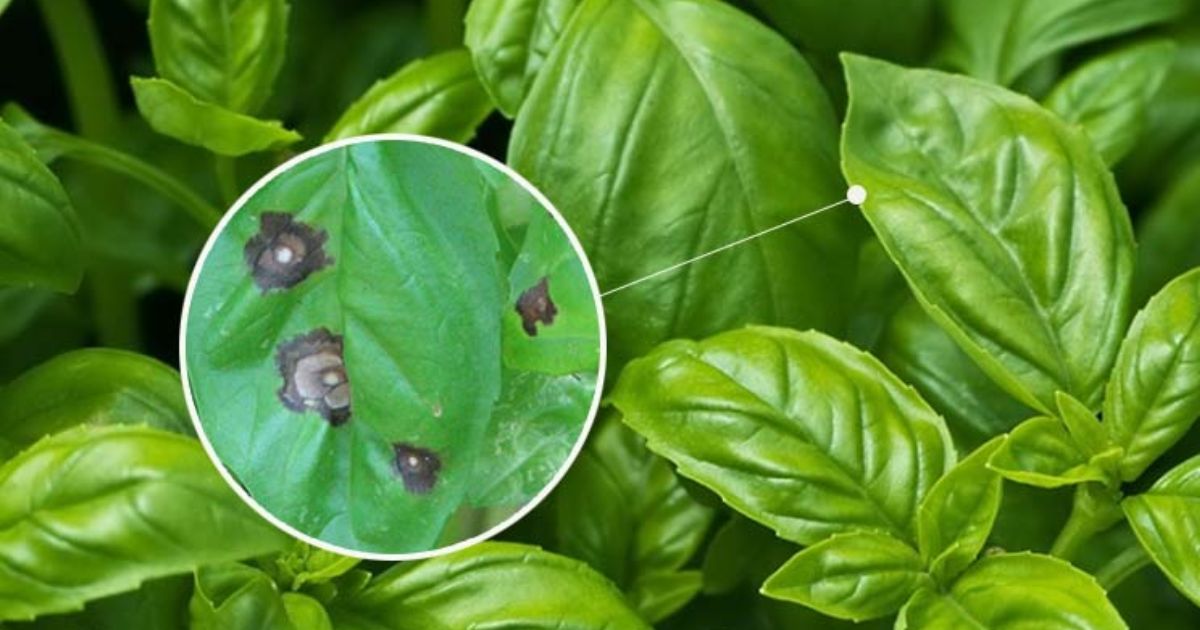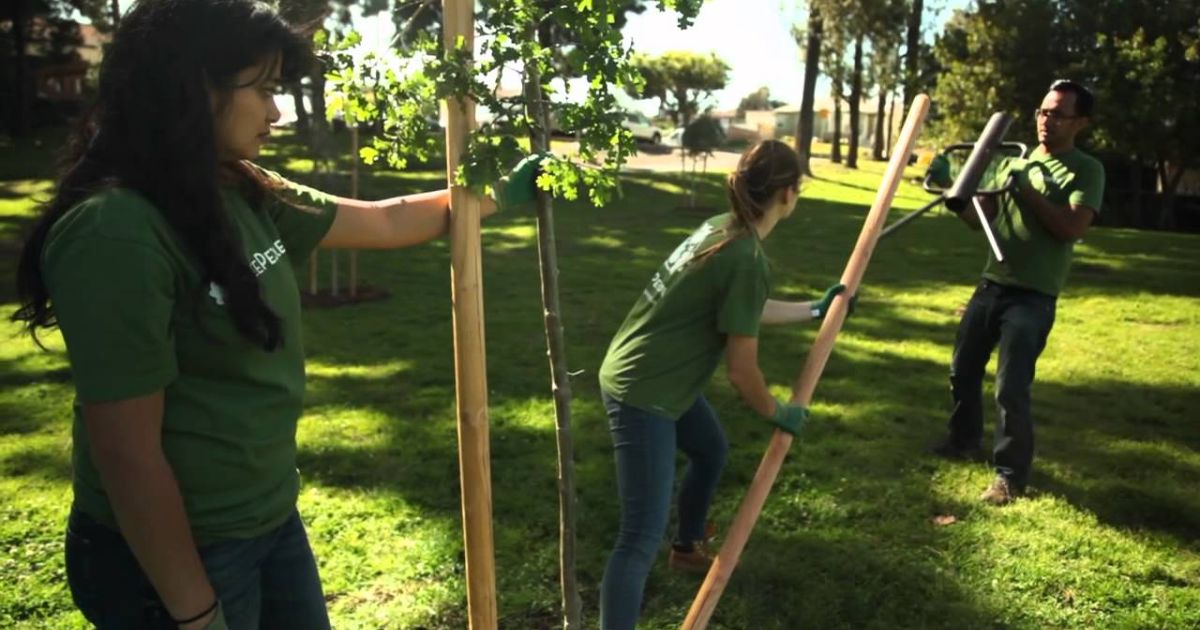Nothing adds charm and fragrance to a garden quite like sweet peas. These delicate, climbing flowers are loved for their vibrant colours, enchanting scent, and ability to attract pollinators like bees and butterflies. However, many gardeners struggle to keep them blooming throughout the season. If you’ve ever wondered how to grow sweet peas for beautiful blooms all season long, you’re in the right place!
In this guide, we’ll cover everything you need to know—from choosing the right varieties and planting at the right time to proper care techniques that encourage continuous flowering. Whether a beginner or an experienced gardener, these expert tips will help you enjoy lush, fragrant, sweet pea blooms from spring to late summer.
Why Grow Sweet Peas?
Sweet peas are a must-grow flower if you want to add beauty, fragrance, and charm to your garden. These delicate climbing plants are visually stunning and provide numerous benefits, making them a favourite among gardeners. Here’s why you should consider growing sweet pea vegetable plant peas in your garden.
Fragrant and Colorful Flowers
One of the biggest reasons gardeners love sweet peas is their incredible fragrance. Their sweet pea plants for sale, floral scent is often compared to a mix of honey and orange blossoms, making them perfect for adding a natural perfume to your garden. Along with their delightful scent, sweet peas come in various colours, including pastel pinks, deep purples, vibrant reds, and creamy whites. Whether climbing a trellis or spilling over garden beds, their blossoms create an enchanting display.
Attracts Pollinators (Bees & Butterflies)
Sweet pea leaves turning yellow are excellent for supporting local pollinators. Their nectar-rich flowers attract bees, butterflies, and hummingbirds, helping to enhance your garden’s biodiversity. With pollinators around, other plants in your garden, such as vegetables and fruit trees, will also benefit from increased pollination and improved yields.
Ideal for Cut Flower Arrangements
Looking for a flower that’s perfect for bouquets? Sweet peas are one of the best-cut flowers you can grow! Their long stems, delicate petals, and heavenly fragrance make them ideal for floral arrangements. They can be cut early in the morning when their scent is most potent and placed in vases to brighten indoor spaces. Plus, the more you cut sweet peas, the more they bloom, giving you a continuous supply of fresh flowers.
Different Varieties and Their Blooming Patterns
Sweet peas come in a variety of types, each having distinct traits and ways of blooming:
- Annual Sweet Peas (Lathyrus odoratus) – The most common type, known for its intense fragrance and bright colours. They bloom from spring to early summer and need regular deadheading to extend their flowering period.
- Perennial Sweet Peas (Lathyrus latifolius) – These hardy, low-maintenance varieties return year after year, though they often lack the intense fragrance of their annual counterparts.
- Dwarf Sweet Peas – Perfect for containers and small spaces, Best Strawberry Types for Every Season: Grow Your Favorites these varieties stay compact while producing plenty of blooms.
- Heirloom Varieties—Heirloom sweet peas are known for their stronger fragrance and old-fashioned charm, offering a nostalgic garden feel.
By selecting the appropriate type and giving it the care it needs, sweet pea blooms can be enjoyed all season long, making them a rewarding addition to any garden.
Choosing the Right Location
The right location ensures your sweet peas thrive and produce beautiful blooms all season. These flowers require sunlight, well-draining Soil, buy sweet pea plants and proper nutrients to reach their full potential. Here’s how to create the perfect growing sweet peas in potsenvironment for your sweet peas.

1. Sunlight Needs: Full Sun for Maximum Blooms
Sweet peas are sun-loving plants that require six to eight hours a day in direct sunlight to grow strong and produce abundant flowers. An ideal spot for sweet peas in your garden is along a fence, trellis, buying sweet pea plants or raised bed. While sweet peas can tolerate some partial shade, too much shade will lead to weak growth and fewer blooms.
2. Best Soil for Sweet Peas
The right soil conditions are crucial for healthy root development and continuous flowering. Here’s what you need to know:
- Well-Draining, Nutrient-Rich Soil – Loamy soil that drains easily yet holds onto enough moisture to keep the roots nourished is what sweet peas prefer. Root rot may result when planting them in compacted soil or heavy clay.
- Ideal pH Level (6.5 – 7.5) – Sweet peas thrive in slightly acidic to neutral Soil. If you need to change the pH, a soil test can help. Sulfur can lower the pH if the soil is overly alkaline, whereas lime can assist balance an acidic soil.
- Adding Compost for Better Growth – Before planting, enrich the soil that contains organic materials, as compost or well-rotted dung. How to grow jasmine This improves soil structure, boosts fertility, and enhances moisture retention, giving your sweet peas the nutrients they need to flourish.
Selecting a spot that receives plenty of sunshine and nutrient-rich, well-draining soil will set your sweet peas up for strong growth and continuous blooms throughout the season.
When and How to Plant Sweet Peas
Sweet peas should be planted at the right time and in the right way to ensure healthy growth and continuous blooms. Whether starting from seeds or transplanting seedlings, proper The proper planting practices will increase the likelihood that your plants will flourish.
A. When to Plant
The best planting time depends on your climate:
- Cold Climates (Frost-Prone Areas): If you live in a region with harsh winters, it is best to start sweet pea plant seeds inside six to eight weeks prior to the final anticipated frost. You can harden them off and move them outside after the risk of frost has passed.
- Warm Climates (Mild Winters): Sweet peas can be directly sown outdoors in late fall or early spring in warmer regions. In areas with mild winters, How Banana Flowers fall planting allows for strong root development, leading to early and vigorous spring blooms.
B. How to Plant Sweet Peas
1. Growing Sweet Peas from Seed
sweet pea vegetable plant seeds have a harsh outer coat, which can slow down germination. To improve seed sprouting, try these methods:
- Soaking Seeds Overnight – Before planting, soak the seeds for 12 to 24 hours in a bowl of lukewarm water. This accelerates germination and softens the seed coat.
- Scarification Method – Use a nail file or a small knife to gently nick the seed coat, helping moisture penetrate and encouraging faster sprouting.
In well-prepared soil or seed trays, How to Grow Austrian Winter Peas to Improve Your Soil the seeds should be sown ½ to 1 inch deep. The soil should be kept moist but not soggy until the seedlings appear.
2. Transplanting Seedlings
Once seedlings have two sets of true leaves and outdoor temperatures are stable, it’s time to move them into the garden:
- Hardening Off – Start by exposing seedlings to outdoor environments for a few hours every day for seven to ten days prior to transplanting.
- Spacing for Healthy Growth – Plant sweet peas 6-8 inches apart, allowing their roots enough space to spread and absorb nutrients. If growing climbing varieties, provide a trellis or support structure at planting time.
By planting sweet peas at the right time and following proper sowing and transplanting techniques, everlasting pea lathyrus latifolius you’ll enjoy vigorous, healthy plants that bloom beautifully all season long.
Supporting Sweet Pea Growth
Sweet peas are vigorous climbers that need proper support to grow tall and produce abundant blooms. Without a trellis or support structure, their delicate tendrils won’t be able to latch onto anything, leading to weak and tangled growth. Additionally, proper watering ensures healthy root development and continuous flowering throughout the season.
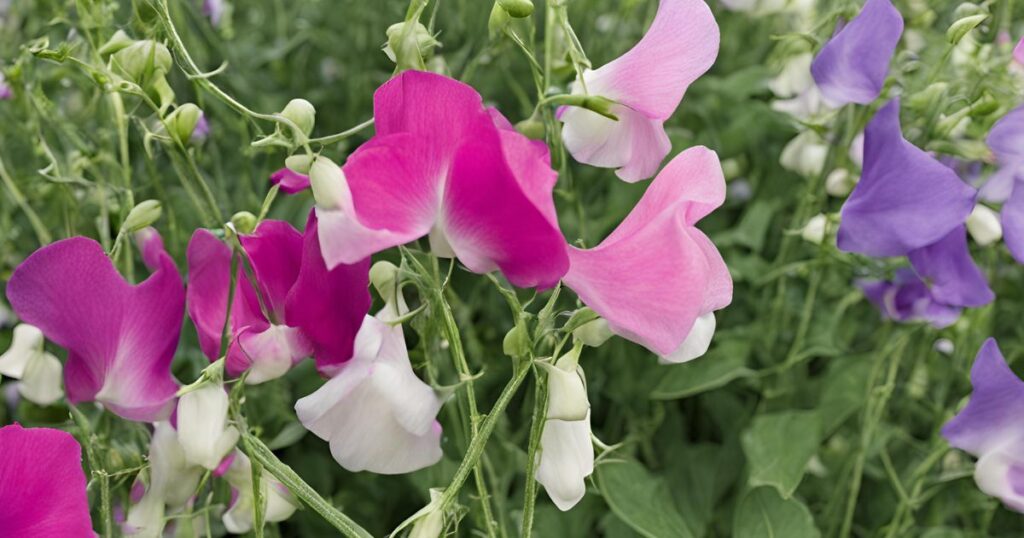
1. Sweet Pea Trellis Ideas
Providing a sturdy support system is crucial for climbing varieties of sweet peas. Here are some of the best options:
- Garden Trellises—Traditional trellises made from wood, metal, or plastic work well for sweet peas. Opt for a lattice or wire mesh design, which allows tendrils to grip easily.
- Bamboo Teepees – Create a DIY teepee structure using bamboo stakes tied together at the top. This setup provides a natural and rustic look while offering firm support.
- String or Netting Supports—Attach garden netting or twine to a fence or frame to create a lightweight but effective climbing structure.
- Obelisks and Arches – Decorative garden obelisks or archways allow sweet peas to climb elegantly, adding vertical interest to your garden.
For bushy sweet peas or dwarf varieties, white sweet pea plants shorter stakes or small decorative cages can provide adequate support.
2. Watering Tips
Proper watering is essential for strong root development and continuous blooms. Here’s how to keep your sweet peas hydrated:
- Deep Watering vs. Frequent Light Watering – Sweet peas prefer deep watering rather than shallow, frequent watering. Watering deeply once or twice a week encourages roots to grow downward, making plants more drought-resistant.
- Keeping Soil Moist but Not Waterlogged – The Soil should remain evenly moist but not soggy, as root rot can result from excessive moisture. Putting mulch around the plants’ bases helps retain moisture and prevent rapid drying.
Using a sturdy trellis and following proper watering techniques will ensure that your sweet peas thrive, producing lush foliage and stunning blooms throughout the season.
Fertilizing for Continuous Blooms
Proper nutrients are essential to keep your sweet peas blooming all season. A balanced fertilizer regimen will encourage lush green vines, strong stems, and abundant, vibrant flowers. Here’s how to properly feed your sweet peas for optimal growth.
1. Best Fertilizers for Healthy Growth and Blooms
Sweet peas thrive when given a phosphorus-rich fertilizer, which promotes flower production. Here are some top fertilizer options:
- Balanced Fertilizer (10-10-10 or 5-10-10) – Provides essential nitrogen, phosphorus, and potassium (NPK) to support healthy vines and blooms.
- Bone Meal or Rock Phosphate – Organic sources of phosphorus that enhance flower production.
- Liquid Seaweed or Fish Emulsion – Encourages strong root growth and vibrant blooms while being gentle on the plants.
- Compost or Aged Manure – A slow-release organic option that improves soil fertility.
2. Organic vs. Synthetic Fertilizers
Both organic and synthetic fertilizers can help sweet peas thrive, but they work differently:
- Organic Fertilizers (compost, bone meal, fish emulsion) release nutrients slowly, improving soil health and sustaining long-term growth.
- Synthetic Fertilizers (granular or liquid flower fertilizers) provide an immediate nutrient boost, but if overused, they can build up salts in the Soil.
A combination of organic amendments and occasional synthetic feeding works best for continuous and steady blooms.
3. How Often to Feed Sweet Peas
- At Planting: Mix compost or a balanced slow-release fertilizer into the Soil.
- During Growth: Feed with a diluted liquid fertilizer every 2-3 weeks to support continuous blooming.
- After First Bloom: To extend the flowering season, continue light feeding and remove spent flowers (deadheading) to encourage new growth.
By using the right fertilizers and consistently feeding sweet peas, you’ll enjoy lush, healthy vines and a spectacular floral display throughout the growing season! how to prevent bananas from splitting
How to Make Sweet Peas Bloom Longer
If you want your sweet peas to continuously show vibrant blooms throughout the season, a little extra care goes a long way. By deadheading spent flowers, using pinching and pruning techniques, and managing temperature stress, you can encourage your sweet peas to keep producing flowers well into the warmer months. Here’s how to extend the blooming period of your sweet peas.
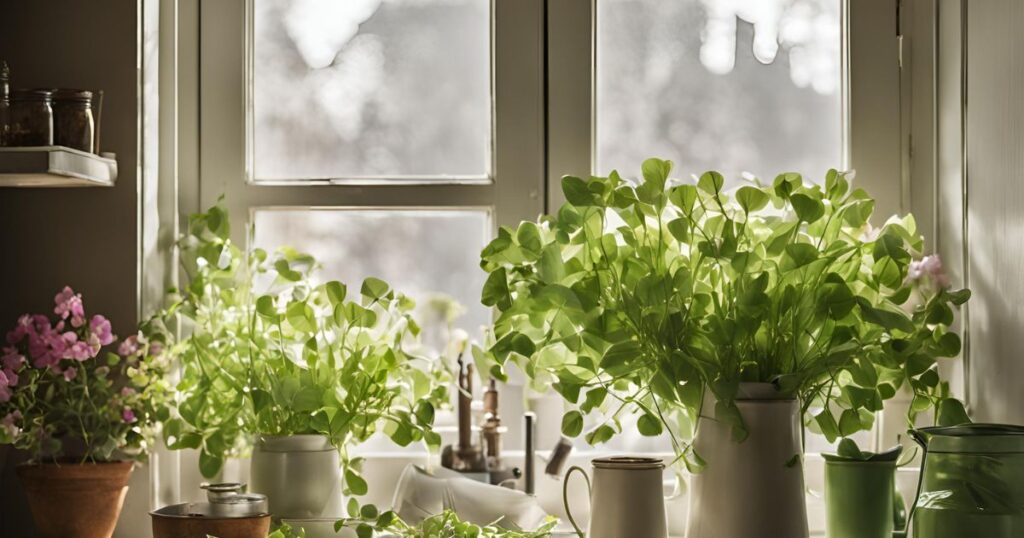
1. Deadheading Spent Flowers to Encourage New Blooms
Deadheading is a simple but effective way to stimulate new blooms. Carefully snip off the spent blossoms once flowers fade and start to wilt. This process removes the spent flowers that would otherwise divert energy from producing new buds. Eliminating them enables the plant to concentrate on creating new flowers rather than forming seeds. Regular deadheading keeps your plants neat and healthy, preventing disease buildup. how to keep onions from spoiling
2. Pinching and Pruning Techniques to Promote Bushier Growth
Pinching and pruning help create stronger, bushier plants that are more likely to produce multiple blooms throughout the season:
- Pinching Tips: When your sweet pea vines are young and have several leaves, pinch off the growing tips of the main stems. This encourages the plant to branch out, creating more stems to produce more flowers.
- Pruning: As the vines grow, selectively prune away any weak or damaged stems to encourage better air circulation and healthier growth. You can also prune back any overly long vines to maintain shape and redirect energy into new flowering growth.
3. Managing Temperature Stress to Avoid Early Plant Decline
Sweet peas can be sensitive to extreme temperatures, and temperature stress can cause them to bloom prematurely or even decline early. To keep your plants healthy and productive:
- Provide Shade During Hot Weather: In areas where summers are scorching, give your sweet peas some afternoon shade to prevent heat stress. You can plant them in places that protect them from the harsh noon heat or use shade fabric.
- Cool Soil: Sweet peas prefer cooler soil temperatures. Organic mulching around the base of the plants can aid in controlling the temperature of the soil, keeping the roots cooler during hot weather.
- Watering: To reduce stress, keep the soil consistently moist but not soggy. Water deeply during the early morning hours to avoid the heat of midday.
Incorporating these practices into your routine will encourage your sweet peas to bloom longer, giving you a stunning display of flowers that lasts well into the growing season!
Common Sweet Pea Problems and Solutions
Sweet peas are relatively easy to grow but can encounter a few problems, like any garden plant. From pests to diseases, several challenges may affect the health of your sweet peas. Thankfully, why are my pea plants turning yellow the majority of these problems are manageable effectively with the proper care and preventive measures. Here’s how to identify and fix common sweet pea problems.
1. Pests: Aphids, Slugs, and Snails
Sweet peas are susceptible to various pests that can damage the leaves and flowers. Here’s how to manage these common culprits:
- Aphids: These tiny insects are attracted to the tender shoots and leaves of sweet peas, sucking out the sap and causing yellowing and curling leaves.
- Solution: Use a strong jet of water to dislodge aphids from plants. You can also introduce ladybugs into the garden, as they feed on aphids. Alternatively, insecticidal soap or a neem oil solution can be applied to control infestations.
- Slugs and Snails: These slimy creatures feed on the soft leaves and flowers, often leaving irregular holes in the plant material.
- Solution: Set up beer traps in the garden or apply diatomaceous earth around the base of plants to deter slugs and snails. You can also handpick them early in the morning or evening when they are most active.
2. Diseases: Powdery Mildew and Root Rot
Sweet peas are prone to certain fungal diseases, mainly when the growing environment is too humid or wet. Here’s how to prevent and treat these common issues:
- Powdery Mildew: On the leaves and stems, this fungus disease manifests as a white, powdery coating, often in humid or overcrowded conditions. It can stunt growth and affect blooming.
- Solution: Space your plants properly and avoid overhead watering to ensure good air circulation around them. If powdery mildew appears, treat it with an organic fungicide or a baking soda solutionOne tablespoon of baking soda, one gallon of water, and one teaspoon of vegetable oil.
- Root Rot: Overwatering is usually the cause of this or poor drainage, leading to root rotting. Affected plants may appear wilted or stunted, with yellowing leaves.
- Solution: Prevent root rot by planting in well-draining Soil and ensuring that your sweet peas are not sitting in standing water. If root rot sets in, remove the affected plant and consider treating the Soil with a fungicide. When watering, always let the soil dry out.
3. Why Sweet Peas Stop Blooming & How to Fix It
Sometimes, sweet peas may stop blooming even though they appear healthy. Here are common reasons for this and how to fix it:
- Lack of Sunlight: Sweet peas require for optimal blooming, at least 6–8 hours of full light per day. They may fail to produce flowers if they aren’t getting enough light.
- Solution: Relocate the plants to a sunnier spot or trim any nearby plants blocking sunlight.
- Nutrient Imbalance: An overabundance of nitrogen can result in lush foliage growth but fewer flowers.
- Solution: Switch to a balanced fertilizer that is low in nitrogen but high in phosphorus, which supports flower production.
- Temperature Stress: Sweet peas may stop blooming if temperatures rise too high, especially if exposed to intense heat or fluctuations in temperature.
- Solution: Provide some afternoon shade during extreme heat and ensure they are planted in a location with cooler Soil to reduce stress.
By staying vigilant for these pests, diseases, and environmental factors, you can keep your sweet peas healthy and thriving and ensure they continue to bloom beautifully all season long.
Harvesting and Enjoying Sweet Peas
Sweet peas are a delight to grow and an even bigger delight to bring indoors. Their fragrant flowers and vibrant colours make them perfect for cut flower arrangements, but proper harvesting and care are key to ensuring they last as long as possible. Here’s how to enjoy your sweet peas while preserving their beauty and fragrance. is a banana a herb

1. Best time to Cut Sweet Pea Flowers for Long-Lasting Arrangements
The best time to cut sweet pea flowers is in the morning after the dew has dried but before the day’s heat sets in. This pea flowers helps preserve the flower’s fragrance and longevity. Here’s when to harvest for the best results:
- Wait for buds to fully open: Cut sweet peas when the flowers are fully open but not overly mature or past their peak for the longest-lasting blooms.
- Choose mature stems: Select stems with multiple flowers, with the lower blooms still in the bud stage. This will ensure that the remaining buds will continue to open as the cut flowers fade.
- Use sharp scissors or pruning shears: Clean, sharp tools prevent damage to the plant and reduce the chance of spreading disease. Trim the stem about two to three inches at an angle. Trim the stem about two to three inches at an angle below the bloom.
2. Tips for Preserving Fragrance and Freshness
Sweet peas are best enjoyed fresh after cutting, but there are some easy ways to preserve their fragrance and beauty for longer:
- Immediately place cut stems in water: As soon as you’ve harvested your sweet peas, place the stems in a vase of cool water. This will help hydrate the flowers and keep them fresh for several days.
- Add flower food: If you have flower preservative, add it to the water to extend the vase life of your sweet peas. This helps prevent bacterial growth, which can shorten the life of your blooms.
- Change the water regularly: Refresh every couple of days to keep the flowers hydrated and avoid any bacteria build-up. Trim the stems by about an inch each time you change the water to keep the flowers absorbing moisture.
- Preserve fragrance with care: Sweet peas are incredibly fragrant, but their scent can fade. Keep the arrangement out of direct sunlight and away from heat sources to preserve the fragrance, which can cause the smell to dissipate more quickly.
- Refrigeration for extended enjoyment: If you want to keep your cut sweet peas fresh for an extended period, you can store them overnight in the fridge in a vase of water. Just remove any leaves submerged in the water, as these can rot.
By following these tips, you can enjoy the beauty and fragrance of your sweet peas indoors, whether in a vase or as part of a beautiful floral arrangement, for as long as possible.
Conclusion
Growing sweet peas is a fulfilling journey that rewards gardeners with stunning blooms and delightful fragrances throughout the season. By following the essential steps—selecting the right location, planting at the optimal time, and providing the proper care and support—you can enjoy these beautiful flowers all season long. Whether you’re looking to fill your garden with vibrant colours or create lovely cut flower arrangements for your home, sweet peas are a perfect addition to any garden.
Recall that the secret to success is perseverance and attention to detail. With the proper care, your sweet peas will bloom beautifully and fill your space with their lovely scent. So, start planting today and enjoy the joy and beauty of sweet peas in your garden. Happy gardening, and here’s to growing sweet peas for beautiful blooms all season long!
FAQ
1. When is the best time to plant sweet peas?
The best time to plant sweet peas depends on your climate. In cooler climates, start seeds indoors about 6–8 Move them outside a few weeks prior to the last frost after the danger of frost has passed. For an extended growing season, you can directly in warmer climates, plant seeds in the early spring or late fall.
2. How much sunlight do sweet peas need?
Sweet peas thrive in full sun, requiring at least 6–8 hours of direct sunlight daily. Bright blooms and robust growth depend on getting enough sunlight.
3. Do sweet peas need a trellis?
Yes! Sweet peas are climbing plants and benefit from some support. A trellis, fence, or other vertical support helps keep the vines off the ground, promoting better airflow and healthier growth. You can even create DIY structures to support the vines.
4. How often should I water sweet peas?
Sweet peas prefer deep watering rather than frequent light watering. Water the plants deeply, ensuring the Soil is moist but not waterlogged. Particularly during dry seasons, keep the soil continuously moist but not saturated.

